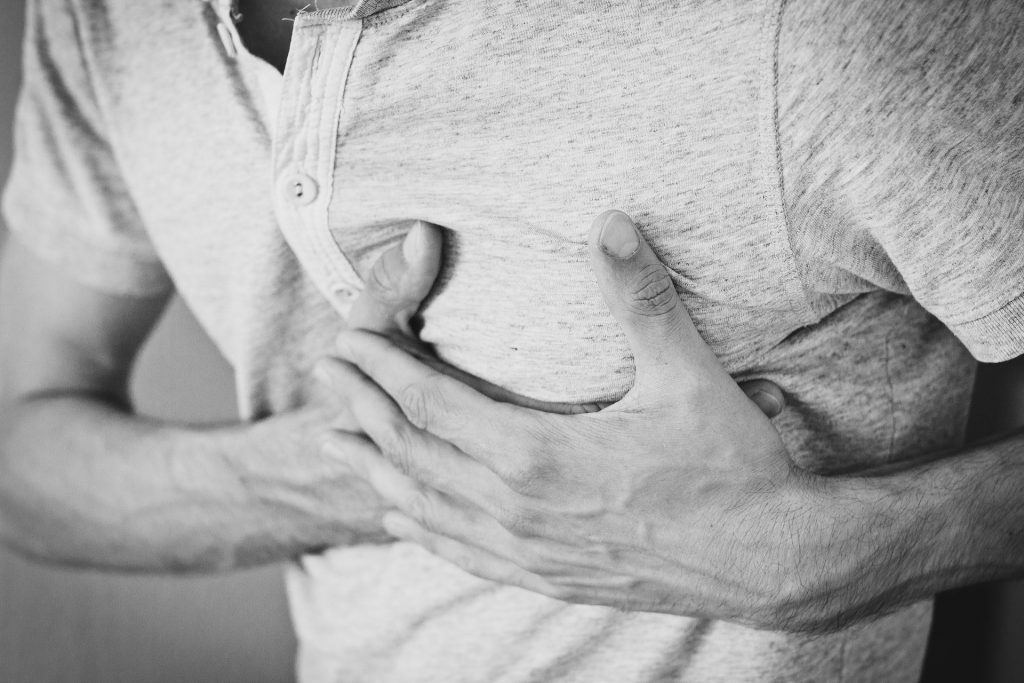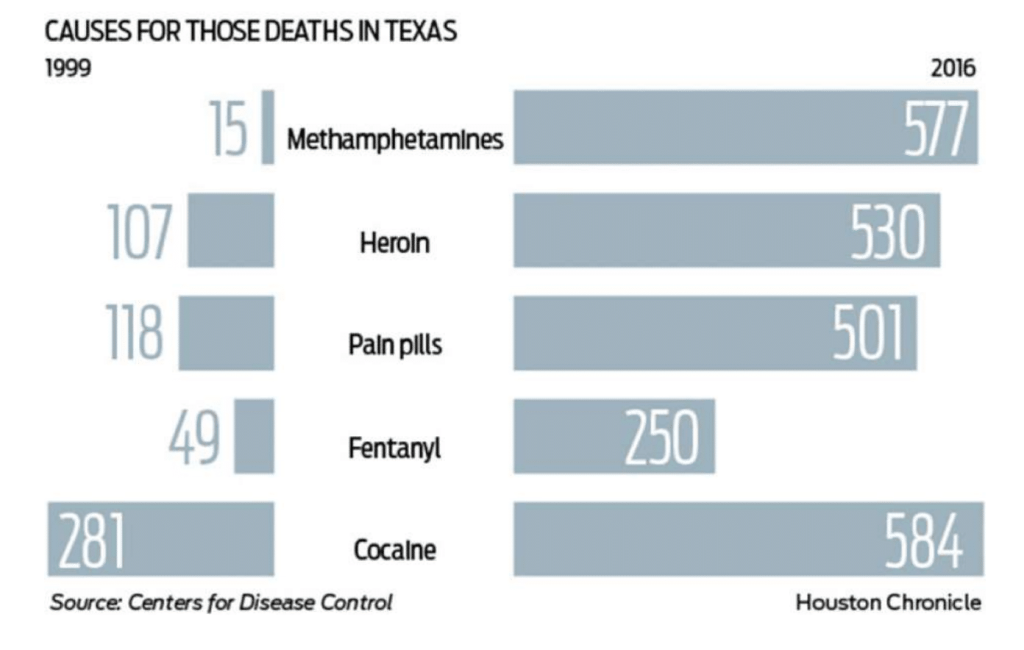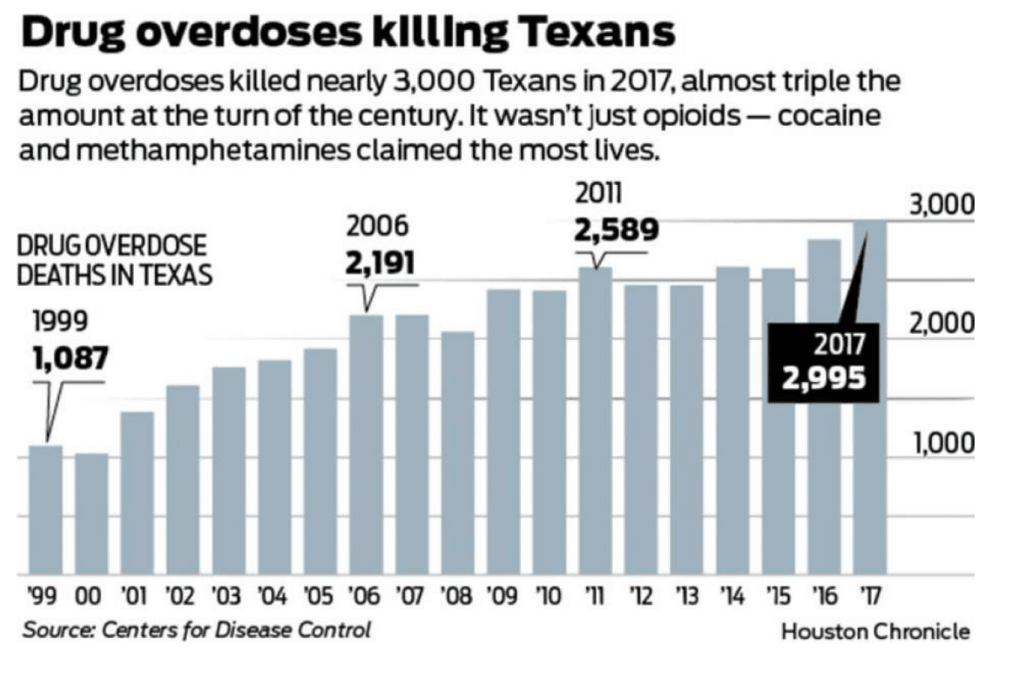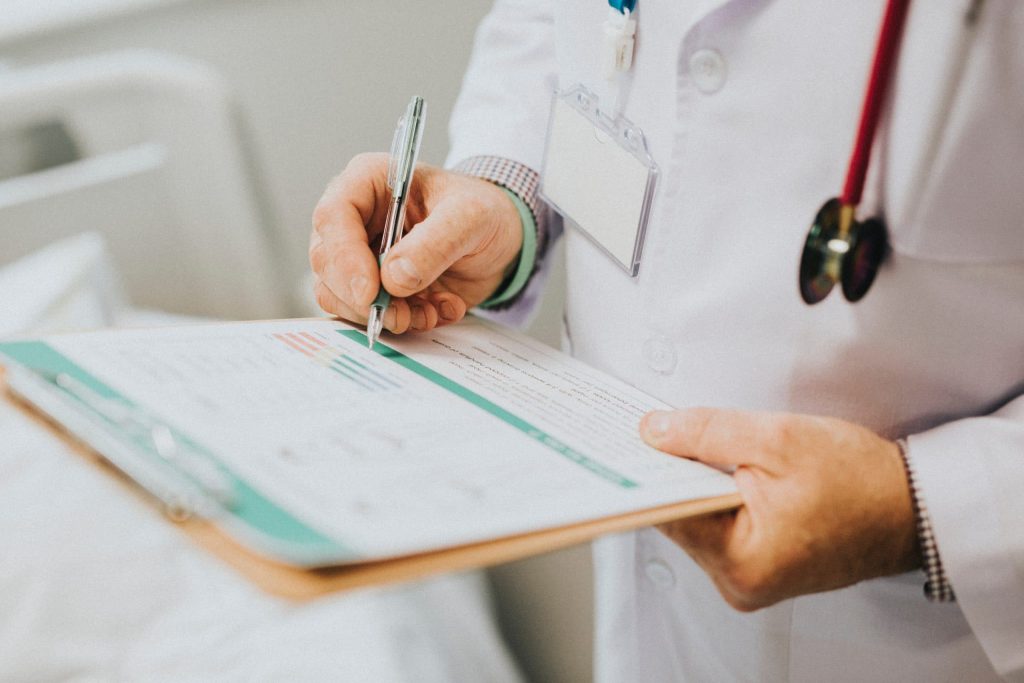I am Addicted: 10 Steps to Take to Get Away From Drugs
Struggling with an addiction can oftentimes be a very overwhelming and emotional situation where the user may feel as though they are trapped by their drug addiction, with little to no chance of ever getting help and escaping the deadly grip of drugs or alcohol. So, why even bother trying? This feeling is what can ultimately lead them to continuing their destructive way of living without ever getting the help they so desperately need. For those of you who know, overcoming a substance abuse problem can prove to be very difficult, especially when someone is unwilling to admit they have a problem or is afraid to seek help.
How Do I Get Away From Drugs and Alcohol?
The first step in any recovery plan is admitting that you are powerless over drugs and alcohol. So, if you are here because you are addicted to drugs and alcohol and are seeing what it takes to begin the recovery process, then congratulations! You have already completed the very first step in recovery. At this moment, you are already on the right track to leading a healthy and fulfilling life, but it will take a few more steps to get there. As any expert will tell you, recovery is a process and it will look different for everyone, but here are a few steps you can take that will help to get you away from drugs and alcohol.

- Build a Support Network- If you are beginning a new life of sobriety, it will be very important to build a network of support. This can be close friends and family members, a doctor, a support group online or people from 12 step programs like Narcotics Anonymous (NA) and Alcoholics Anonymous (AA). If you feel as though you may have alienated people from your life due to your addiction, try to reach out to them and let them know that you are ready to get clean and sober. They will probably just be happy to hear that you are willing to get help!
- Attend a 12 Step Program- Attending a 12 step support group can help provide the support you need, especially early on in sobriety. Support groups like Narcotics Anonymous and Alcoholics Anonymous are held within almost every city throughout the United States, and for several times a day. Spending time with sober people and having someone to talk to is essential in the recovery process.
- Research Treatment Options- Research different treatment facilities for addiction treatment. Many addiction centers offer different treatment services that are specialized for certain alcohol or drug abuse problems. Picking the right treatment center will ensure that you get the best care for your specific needs.

- Get Treatment if Needed- If you are a heavy user, you may need help in managing the detox and withdrawal symptoms early on in your recovery process. They can also help to provide the necessary tools needed for a life of sobriety. The majority of insurance providers also offer full or partial coverage for rehab facilities.
- Learn Healthy Ways to Deal with Stress- A lot of what drives people to use drugs or alcohol early on while in recovery is the emotional stress that comes along with it. When you feel stressed try taking the dog for a walk, do some light exercise, or take a hot shower. There are plenty of other healthy ways that we can relieve stress.
- Try Family Therapy- Getting your family involved with your recovery can help to strengthen the foundation of your sobriety. This can be especially helpful if you feel as though you have let them down or vice versa. Dealing with emotional trauma will help to remove some of the desire to use drugs or alochol again.
- Avoid Relapse Triggers- Relapse triggers are anything that make us want to use drugs or alcohol. They can be anything we associated with past drug or alcohol use, like people, places or things. Avoid people you used to hang out with while you were drinking or getting high. Avoid going to bars and nightclubs, or places you used to get high at, and always be careful with prescription drugs. Make sure you are upfront with your doctor about your past drug or alcohol abuse.
- Cope with Your Drug Cravings- Unfortunately, not all relapse triggers can be avoided, no matter how hard we may try! Learning how to effectively cope with your drug cravings will allow you to move past them. Distract yourself by reading a book or go hang out with a sober family member or friend. Remind yourself why you are staying sober and the negative consequences you have experienced because of your drug or alcohol abuse. Try coming up with other coping mechanisms that will work specifically for you while you are experiencing a drug craving.
- Have Something in Your Life that You Deeply Care About- Try adopting a new pet or pick up an old hobby, maybe even try something new! Build the relationship back up with your kids. You could possibly even consider getting a new house plant? Having something in your life that you deeply care about will help to provide meaning in your life.
- Don't Let Relapse Get You Down- Relapse is sometimes part of recovery. Instead of focusing on the negative aspects of a relapse, try using it as a learning experience instead, helping you to identify triggers and fix any problems in your recovery plan. The most important thing to do after a relapse is to not give up. Call your sponsor, family member, or a trusted friend.
Help For Your Addiction is Available in Many Forms.
Always remember that there is hope for recovery and that someone who cares is never more than a phone call away. You are not alone and getting help for addiction recovery is never a reason to feel any shame. Beginning a life of sobriety is very important for your physical and mental health. We really hope this list of steps will help to lead you in the right direction toward a lifelong journey of sobriety. The sooner you get help, the easier it will be to overcome this addiction! Don't hesitate to call us right away:
















